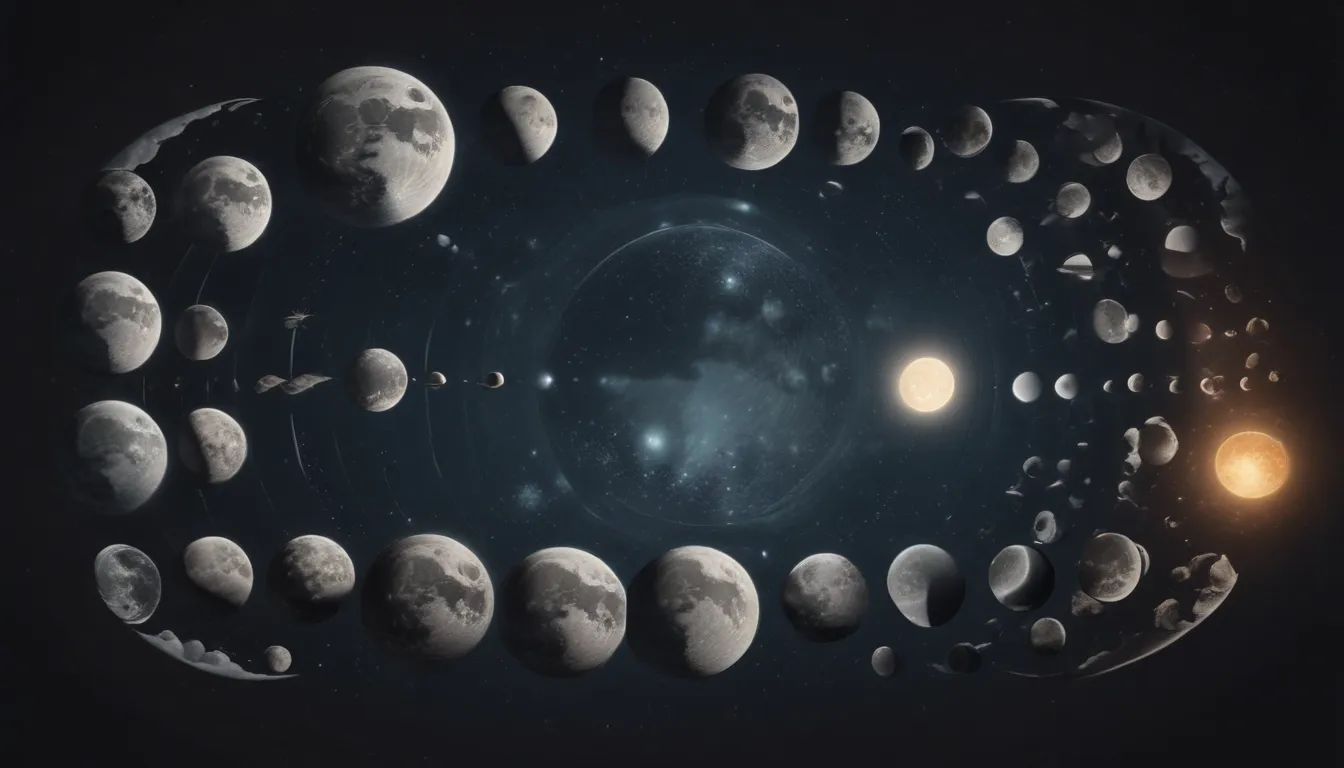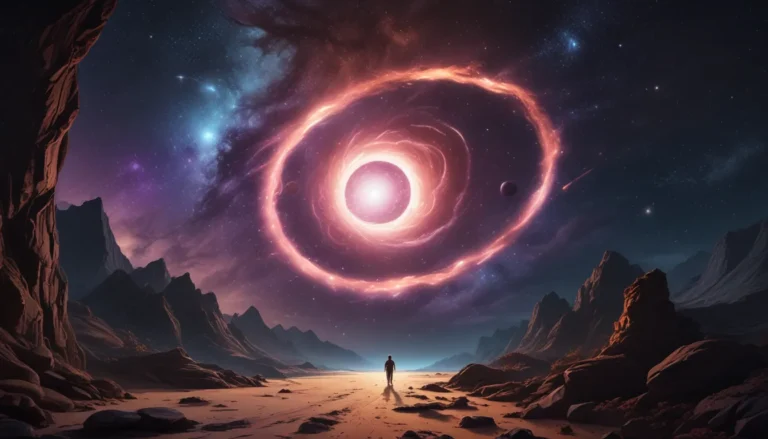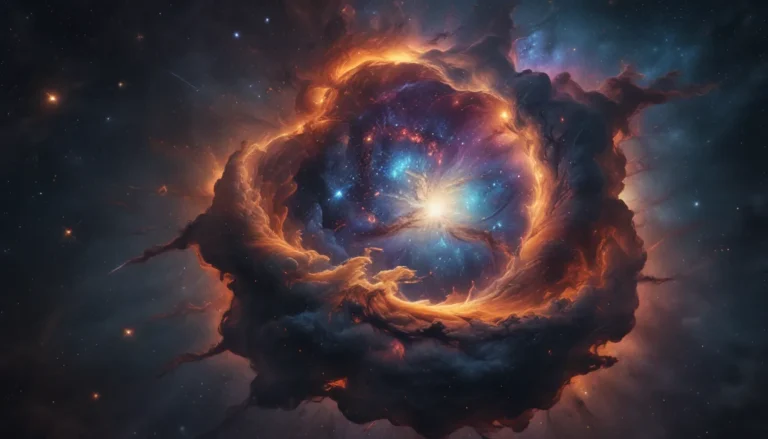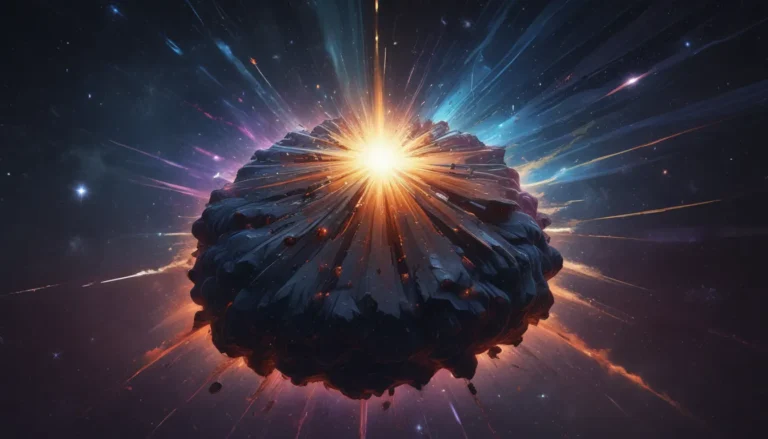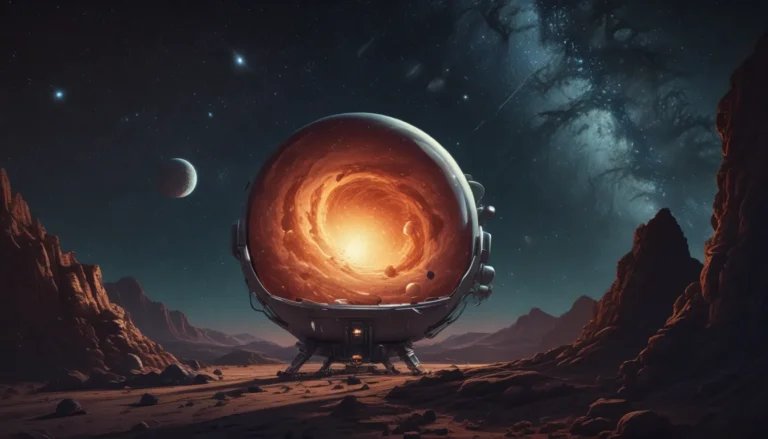The pictures we use in our articles might not show exactly what the words say. We choose these pictures to make you interested in reading more. The pictures work together with the words but don’t take their place. The words still tell you the important facts.
The moon, Earth's only natural satellite, has been a source of wonder and inspiration for humans throughout history. Its ever-changing phases have captivated our imaginations, inspiring art, culture, and scientific exploration. In this article, we will delve into 34 intriguing facts about the moon's phases, shedding light on the celestial mechanics and cultural significance behind these lunar transformations. Join us on a journey through the lunar cycle as we uncover the mysteries of waxing and waning, explore the impact of moon phases on nature and human behavior, and unravel the timeless allure of the moon in art, literature, and spirituality. Whether you are a science enthusiast, a stargazing aficionado, or simply curious about the wonders above, these moon phase facts are sure to illuminate your understanding and appreciation of our closest cosmic companion.
The Moon: Earth’s Enchanting Companion
- The Moon is Earth's only natural satellite, orbiting at an average distance of 238,855 miles.
- With a diameter of about 3,474 kilometers, the Moon is much smaller than Earth.
- The Moon takes approximately 27.3 days to complete one orbit around the Earth.
- The Moon's gravitational pull causes tides on Earth, shaping our planet's oceans.
The Phases of the Moon: A Celestial Dance
- The Moon has distinct phases, including the new moon, first quarter, full moon, and last quarter.
- The new moon occurs when the Moon is between the Earth and the Sun, appearing dark from our perspective.
- The first quarter and last quarter moons are also known as half moons, marking different stages in the lunar cycle.
Cultural Significance of Moon Phases
- The Moon's phases have been observed and documented for centuries, influencing various cultural, religious, and agricultural practices.
- The phases of the Moon have inspired myths, legends, and folklore across different civilizations.
- In many societies, the Moon's phases hold cultural significance, influencing rituals, celebrations, and traditional beliefs.
Moon Phases in Art and Literature
- Artists, writers, and musicians have drawn inspiration from the Moon's phases, incorporating them into creative works.
- The Moon's phases have captivated stargazers and amateur astronomers, who observe and photograph these celestial events.
- The Moon's phases have influenced artistic interpretations and cultural expressions, shaping visual arts, literature, and music.
Moon Phases and Human History
- The Moon's phases have been a subject of fascination and wonder across diverse cultures, inspiring storytelling and folklore.
- Artistic representations of the Moon's phases have permeated cultural expressions, serving as a source of inspiration for creative endeavors.
- The Moon's phases have fostered a deep connection between humanity and the celestial realm, influencing human perceptions of time and natural rhythms.
The Moon: A Cosmic Symbol
- The Moon's phases continue to captivate and inspire future generations, igniting curiosity and imagination.
- Moon phases invite us to ponder the mysteries of the universe and our place within it, inspiring contemplation and wonder.
- The enduring impact of the Moon's phases on human history and cultural heritage is evident in the rich tapestry of artistic, scientific, and spiritual expressions.
Moon Watch: Explore More
Embark on a celestial journey by exploring vintage watches that showcase craftsmanship and style. Unravel the rich tapestry of Chinese astrology, where ancient wisdom intertwines with cultural heritage. Delve into the mesmerizing artistry of skeleton watches and witness the intricate inner workings of timepieces. Expand your knowledge of the wonders that surround us, from the depths of space to the intricacies of human tradition and innovation.
Trustworthy Information
Our commitment to delivering trustworthy and engaging content is reflected in the diverse insights and information contributed by real users like you. Each fact is meticulously reviewed by our dedicated editors to ensure accuracy and reliability. Explore and learn with us, confident in our commitment to quality and authenticity.
In conclusion, the moon phases are a fascinating celestial phenomenon that has captivated humanity for centuries. From ancient myths to modern scientific understanding, the moon's changing appearance continues to inspire awe and wonder. Understanding the different moon phases enriches our astronomical knowledge and influences various aspects of life. Whether admiring a full moon's mystical allure or appreciating the subtle beauty of a crescent, the moon phases remind us of the interconnectedness of the universe.
FAQs
What causes the different moon phases? The changing moon phases result from the relative positions of the sun, moon, and Earth, creating distinct illuminated portions of the moon's surface visible from Earth.
How do moon phases affect human behavior? While scientific evidence does not support direct influences of moon phases on human behavior, cultural beliefs often attribute effects to lunar phases. The moon's gravitational pull affects ocean tides but not human behavior.
